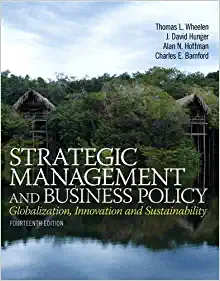Question
Q1 : Consider two separate markets for a product: Market 1 and Market 2. Suppose supply function is the same in both markets but demand
Q1 : Consider two separate markets for a product: Market 1 and Market 2. Suppose supply function is the same in both markets but demand is more inelastic at every price in Market 1 than it is in Market 2. If an excise tax of T is imposed on the product then the incidence of tax on the consumers:
a) Depends on whether the tax is collected and paid to the government by the producers, or paid to the government by the consumers for each purchase.
b) May be higher or lower in Market 1. We cannot tell from the given information.
c) Will be higher in Market 1
d) Will be lower in Market 1
Q2: Gizmo market in Freedonia is competitive. Suppose demand for Gizmos is QD(PD) = 20 - 3PD and supply of gizmos is QS(PS) = -3 + 2PS where quantity is in thousands of units per year and price is in dollars. If the government imposes a 1 excise tax on gizmos in Freedonia then what is the government's annual revenue from this tax?
a) 5 thousand dollars
b) 6 thousand dollars
c) 4 thousand dollars
d) 7 thousand dollars
Q3: Suppose there is a price ceiling in a competitive market for a product which is below the equilibrium price. In this market:
a) Both consumer and producer surplus will definitely be lower
b) Consumer surplus is definitely higher, but producer surplus may or may not be lower
c) Consumer surplus is definitely lower, but producer surplus may or may not be lower
d) Consumer surplus may or may not be lower, but producer surplus is definitely lower
Q4: Excise tax on a product causes deadweight loss because:
a) Tax receipts are less than the reduction in consumer and producer surplus.
b) Government might waste the tax revenue.
c) Consumer surplus goes down more than producer surplus
d) Consumers willingness to pay decreases because of the tax.
Q5: Consider a firm in a competitive industry with. Suppose this firm has constant MC and its ATC at capacity is above the entry price of potential entrants. This firm:
a) suspend production in the short run but will remain in the industry in the long run.
b) suspend output in the short run and definitely exit the industry in the long run.
c) may or may not suspend production in the short run but will definitely exit the industry in the long run.
d) will remain active in the short run but will definitely exit the industry in the long run.
Step by Step Solution
There are 3 Steps involved in it
Step: 1

Get Instant Access to Expert-Tailored Solutions
See step-by-step solutions with expert insights and AI powered tools for academic success
Step: 2

Step: 3

Ace Your Homework with AI
Get the answers you need in no time with our AI-driven, step-by-step assistance
Get Started


